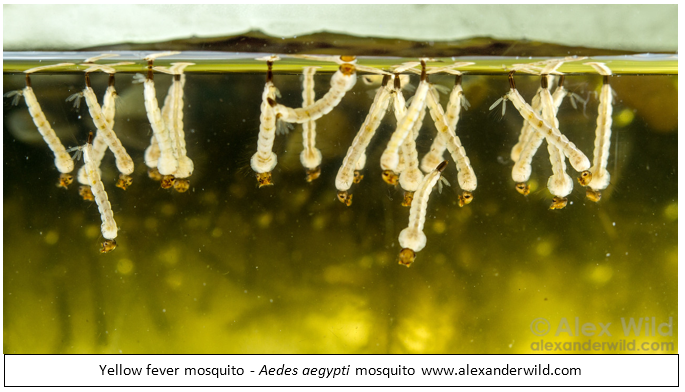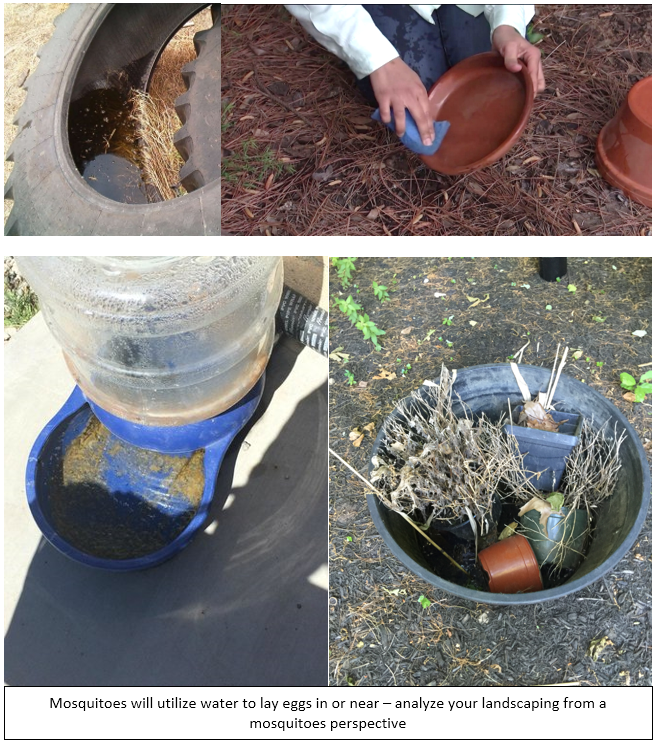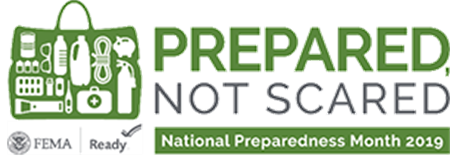View as PDF
View this email on our site
Subscribe to this newsletter

We believe schools function as a critically important information source for communities. Please consider forwarding this newsletter to groups who might benefit from the information, and if you do, please let us know what kinds of groups you send it to HERE.
Your answers will help us document school systems as significant public health educators both inside and outside schools. Thank you.
Mosquitoes
Dawn H. Gouge, Shujuan (Lucy) Li, and Shaku Nair
 Mosquitoes are the most important insect pests that affect the health and wellbeing of humans and domestic animals worldwide. They can cause a variety of health problems due to their ability to transfer (vector) viruses and other disease-causing pathogens, even in the arid Southwest U.S.
Mosquitoes are the most important insect pests that affect the health and wellbeing of humans and domestic animals worldwide. They can cause a variety of health problems due to their ability to transfer (vector) viruses and other disease-causing pathogens, even in the arid Southwest U.S.
West Nile virus (WNV) is the most common mosquito-borne disease affecting humans in the continental U.S. WNV is vectored primarily by two Culex species, one of which (the Southern house mosquito - Culex quinquefasciatus) is commonly found in neighborhoods. The virus is primarily a disease of birds, but can also be transmitted to humans and horses. St Louis encephalitis (SLE) and Western equine encephalitis (WEE) viruses are enzootic (native to and present in animal populations) in Arizona, and can occasionally result in local human infections through the bite of infected mosquitoes. Human cases of SLE have occurred in Arizona in recent years, including 2019. For more information on key mosquitoe species in Arizona go to: https://acis.cals.arizona.edu/docs/default-source/community-ipm-documents/public-health-ipm/az1706-2019.pdf and for more information on mosquito-borne viral diseases go to: https://acis.cals.arizona.edu/docs/default-source/community-ipm-documents/public-health-ipm/az1744-2017.pdf
Currently (2019), dengue, chikungunya and Zika viruses are considered emerging diseases in the U.S. A disease is classified as emerging when the number of cases has increased over the past 20 years and could potentially increase in the future. Mosquitoes in Arizona do not currently transmit dengue, chikungunya and Zika viruses. However, the mosquito vector, Aedes aegypti, is present in many cities and towns in Arizona. Human carriers returning to Arizona after traveling to areas where the viruses are prevalent can potentially lead to local mosquitoes acquiring a virus and local transmission.
The most susceptible to the effects of these mosquito-borne pathogens are children and the elderly. However, in some instances life-threatening illness and/or permanent debilitation can occur in infected human hosts of any age.
Mosquitoes need water to complete their life cycle, and human activities create many opportunities for mosquitoes to exploit. Standing water left from monsoon rains or irrigation water will support mosquito development. Stagnant water in neglected swimming pools is another ideal habitat for many species. Although mosquitoes cannot live in a well-maintained swimming pool, they can develop in the water vaults of swimming pools if fountain features are not run every few days. Some important vectors breed in “cryptic” breeding sites, utilizing very small amounts of water in tree-holes, artificial containers and even leaf axils. The most effective strategy for mosquito management in communities in general is prevention. The best way to prevent mosquito-borne diseases is to eliminate their development sites in the first place. Here are some helpful tips covering ways to manage mosquitoes and eliminate mosquito development sites around you.

1. Eliminate standing water in plant pots, birdbaths, fountains, tires, tarpaulins covering boats or other objects, backyard trampolines and other items. Check for standing water persisting after four days.
2. Remove unnecessary clutter. Keep rain gutters free of leaves and other debris that prevent water from draining. Store boats, canoes and other objects so they do not collect rainwater. Saucers placed under potted plants are a favorite breeding site for Aedes aegypti. They should be drained after watering or removed entirely. If eggs are suspected, they need to be scrubbed away, otherwise they remain viable for months, and will hatch at a later date.

3. Repair water leaks (leaky pipes, sprinkler systems, and outside faucets). Correct drainage problems in yards and playing fields. Report drainage problems in ditches, etc.
4. Empty water containers for pets regularly and check livestock watering troughs and tanks. Mosquito eating fish can be added to large (undrainable) water troughs for livestock and horses.
5. Cover rain-collection barrels with insect exclusion netting.
6. Eliminate tree-holes that retain water using expanding foam.
7. Add Gambusia (mosquito eating fish) into personal ponds or stagnant swimming pools to reduce the number of mosquitoes. It is very important to avoid releasing Gambusia into natural waterbodies, as these are voracious predators, and can displace native fish. The fish are available free of charge for Maricopa County residents from the Maricopa County Vector Control office. Just call (602) 506-0700 to schedule a pickup time, and bring your own container.
8. Larvicides specifically target the larval life stage of an insect and are generally more efficient control tools compared with adulticides.
9. Report biting mosquitoes to your County Health Department. Maricopa County residents can report mosquito bites by calling or emailing: Call (602) 506-6616 OR file a complaint online https://www.maricopa.gov/FormCenter/Environmental-Services-16/EnvironmentalServices-Complaint-Form-82.
When outdoors, consider the following safety tips:
1. Wear light colored clothing with loose fitting long sleeves, long pants and socks. Use protective clothing when exposure to mosquitoes cannot be avoided.
2. Properly apply insect repellent even if you are outside for just a short period of time. For additional help selecting which repellent is right for you, go to the EPA search page: https://www.epa.gov/insect-repellents.
3. Use a DEET-containing product or a good non-DEET alternative and, if you are outside for more than a few hours, reapply repellent frequently. The higher the temperature, the more frequently you must reapply repellent for it to be effective.
For questions or comments please contact:
Reply to AZ School IPM Coordinator Dr. Shaku Nair
Reply to AZ Public Health Entomology Coordinator Dr. Shujuan (Lucy) Li
September Is National Preparedness Month
 Every September, the U.S. Environmental Protection Agency’s (EPA) Indoor Environments Division (IED) supports the Federal Emergency Management Agency (FEMA) Ready campaign’s efforts to educate Americans on the importance of being prepared for disasters and emergencies in their homes, businesses and communities. EPA has a variety of information and resources on how to protect your indoor air quality (IAQ) when disasters and emergencies occur.
Every September, the U.S. Environmental Protection Agency’s (EPA) Indoor Environments Division (IED) supports the Federal Emergency Management Agency (FEMA) Ready campaign’s efforts to educate Americans on the importance of being prepared for disasters and emergencies in their homes, businesses and communities. EPA has a variety of information and resources on how to protect your indoor air quality (IAQ) when disasters and emergencies occur.
Webinars and Events
Please join in for the 2019 All Bugs Good and Bad Webinar Series. This webinar series provides information about good and bad insects. Webinars are free and open to everyone. Webinars will be on the first Friday of each month at 2p.m. Eastern time.
Upcoming webinars include:
 Spiders Commonly Found in Houses
Spiders Commonly Found in Houses
Host: All Bugs Good and Bad Webinar Series
November 1, 11 a.m. Pacific
https://auburn.zoom.us/j/615766171
For more information about the EPA Schools program, visit: http://www.epa.gov/schools/

To view all our previous newsletters, visit: https://cals.arizona.edu/apmc/westernschoolIPM.html#newsletter
Acknowledgements
This material is in part funded by the Extension Strategic Investment Fund 2018, and in part by the National Institute of Food and Agriculture, U.S. Department of Agriculture, under award number 2017-70006-27145 that provides Extension IPM funding to the University of Arizona. Additional support is provided by the University of Arizona – Arizona Pest Management Center (APMC).
